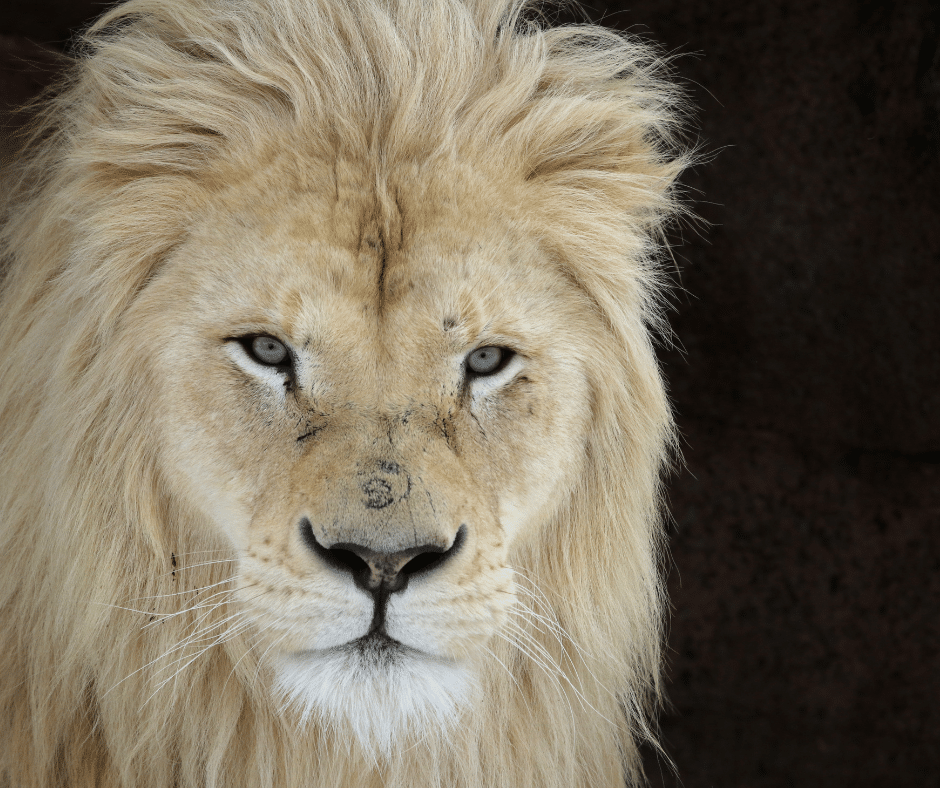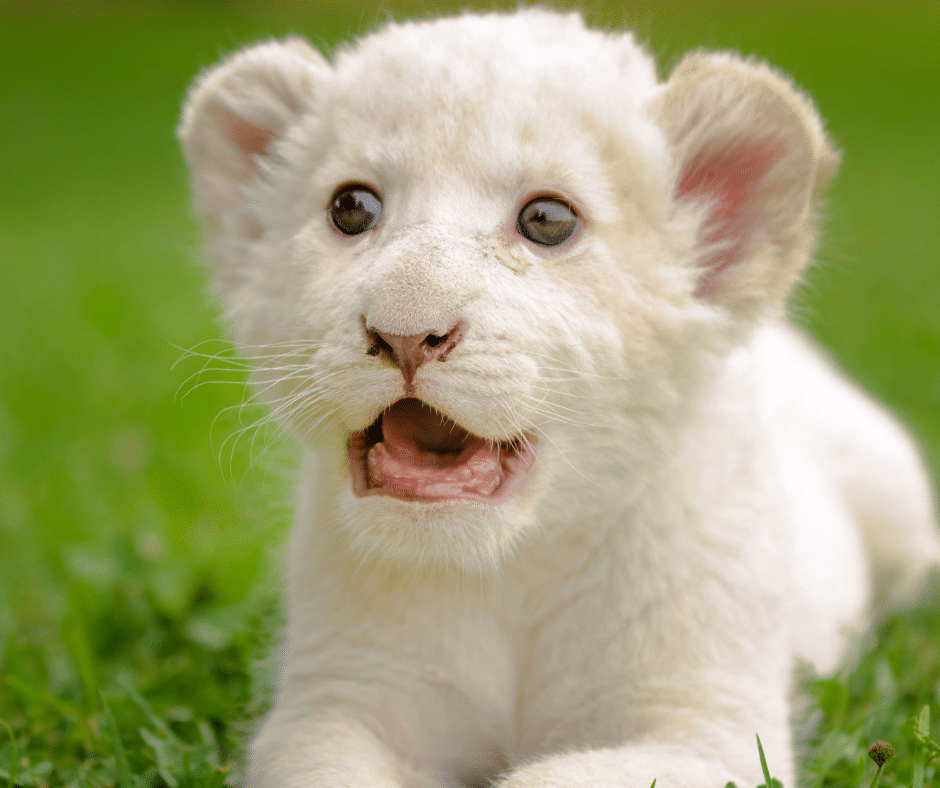The white lion is a rare and majestic animal, revered for its beauty and grace. Native to Southern Africa, this unique species of big cat has captivated the imaginations of people around the world. White lions are not albinos; they have pigmentation in their skin and fur which gives them their pale coloration.

This stunning creature’s population has been greatly reduced due to habitat loss, poaching, and cross-breeding with other subspecies of lion. Despite these challenges, white lions still exist in some parts of South Africa.
White lions are characterized by their beautiful, pale fur and captivating eyes. As a subspecies of lions, they share many characteristics with their tawny relatives, including powerful jaws and long, muscular limbs.
However, unlike lions of other colors, white lions have unique features that set them apart. They have a thicker coat of fur to help keep them warm in the cold winter months of their habitat and ears that point downward instead of up. Their behavior is also slightly different from other lions since they live in smaller groups due to their low population numbers.
Their skin can range from light cream to yellowish-white or silvery-gray, depending on the region in which they’re found. While often thought of as albino animals, white lions carry an unusual gene known as the “color inhibitor,” which prevents pigmentation from forming on certain areas of their body. This gene is also responsible for giving them their unique blue eyes; it’s thought that this trait was passed down through generations of selective breeding between white lions and other local big cats.

The white lion is considered sacred by many cultures in Southern Africa and is believed to be a messenger from the gods. In addition to being revered for its beauty and rarity, it has been used symbolically throughout history to represent courage, strength, and nobility. Unfortunately, these magnificent creatures remain endangered today due to habitat loss and poaching. Despite this dire situation, conservation efforts are ongoing to protect this beloved species and ensure its survival for generations to come.
